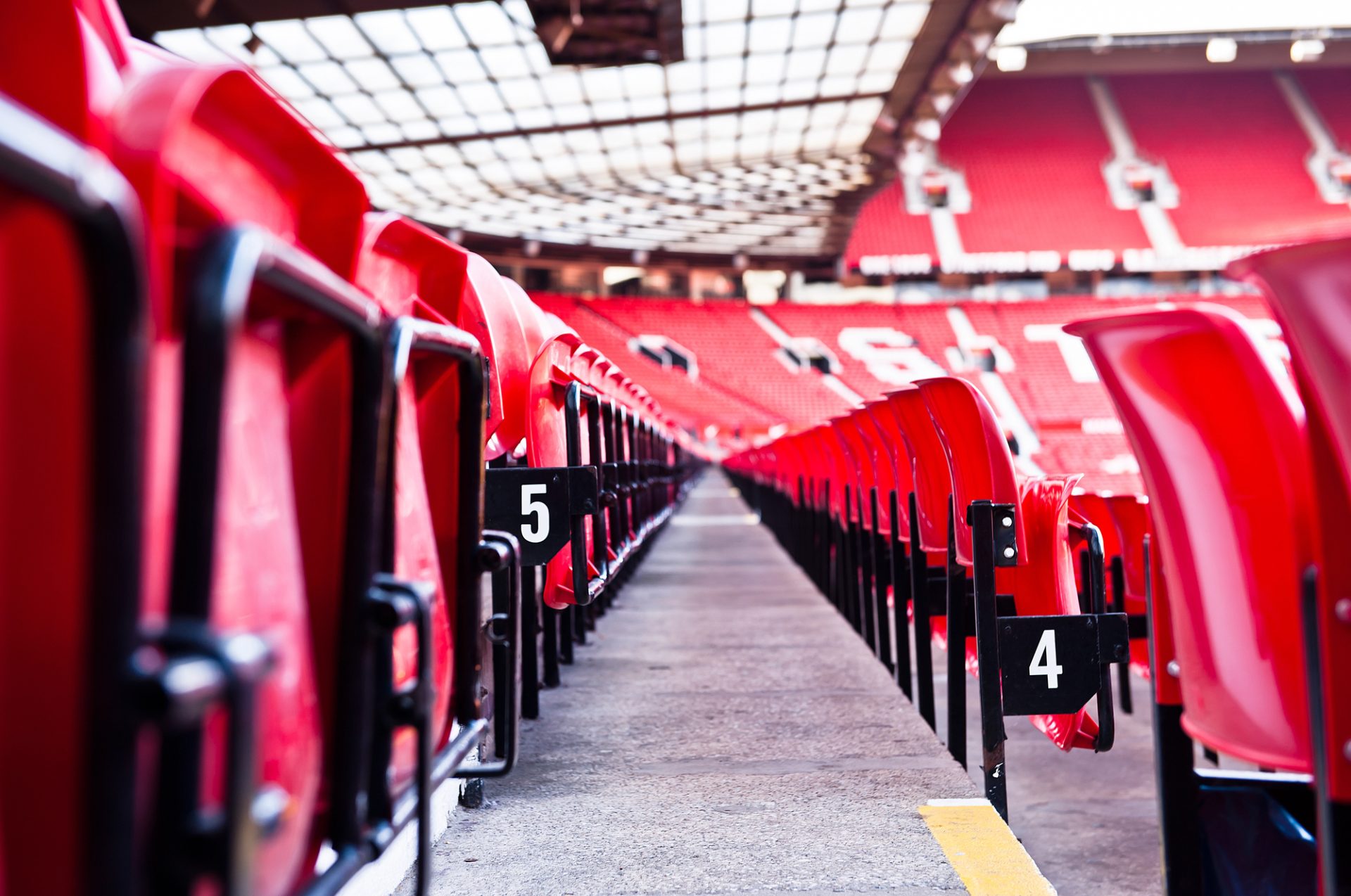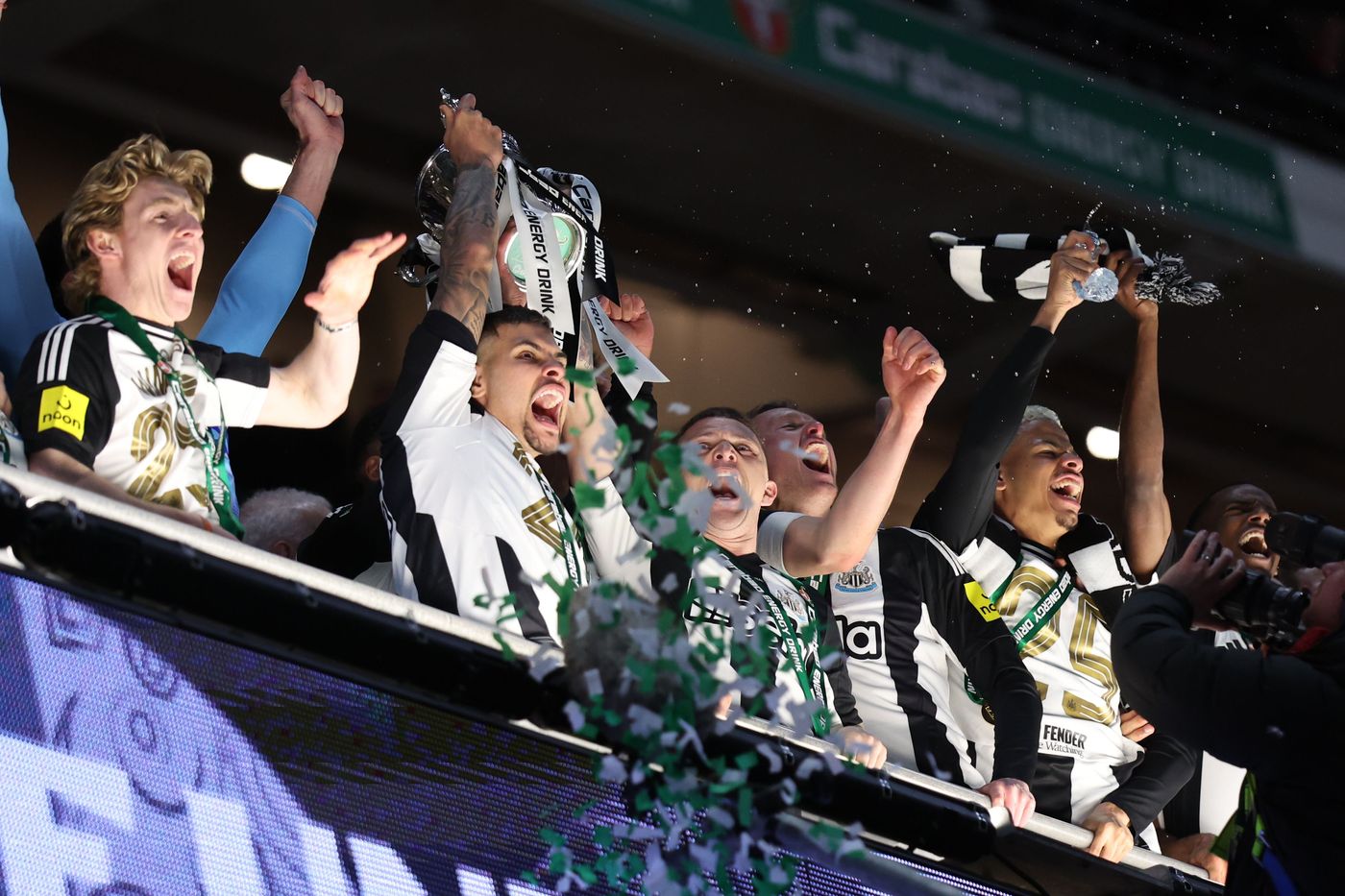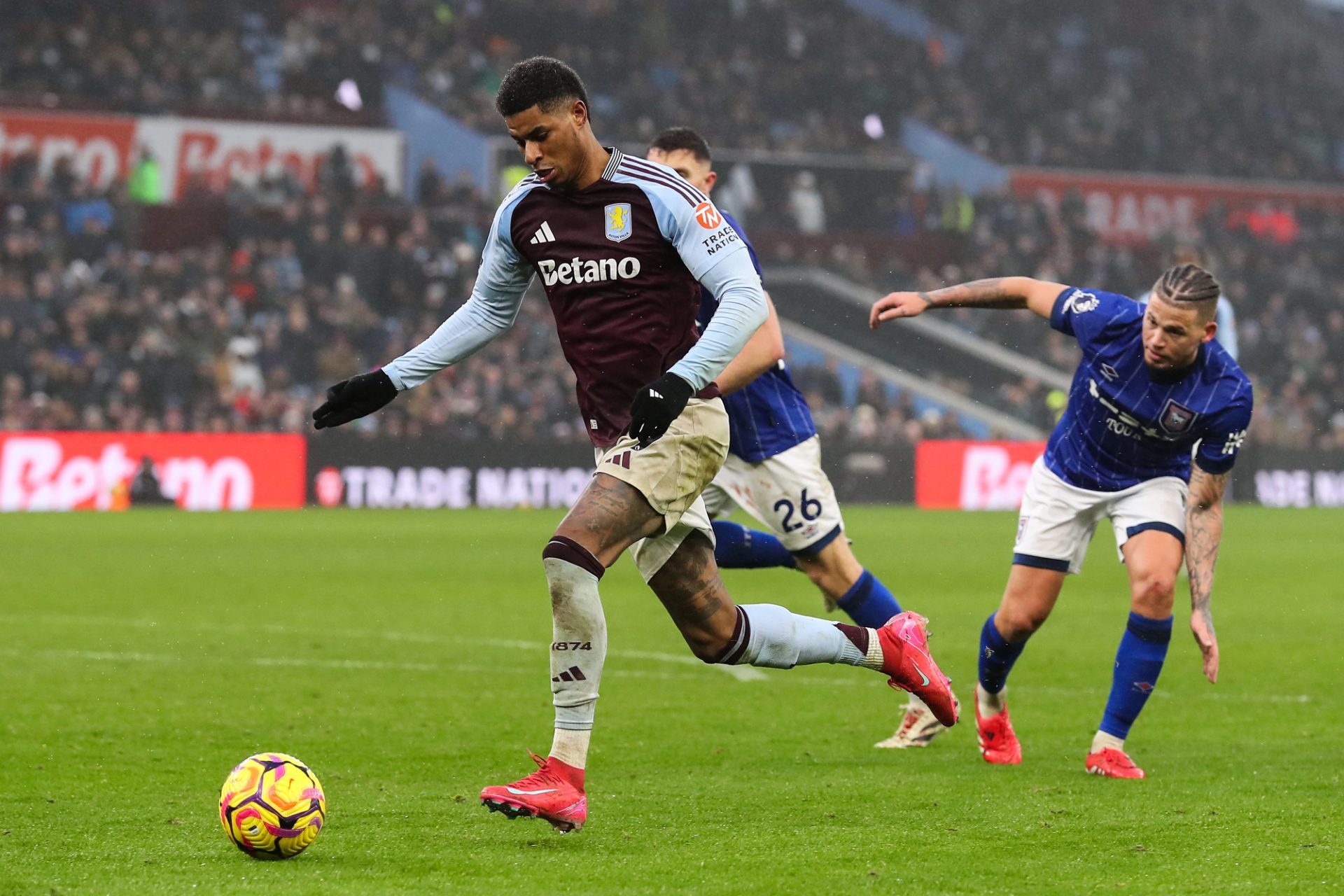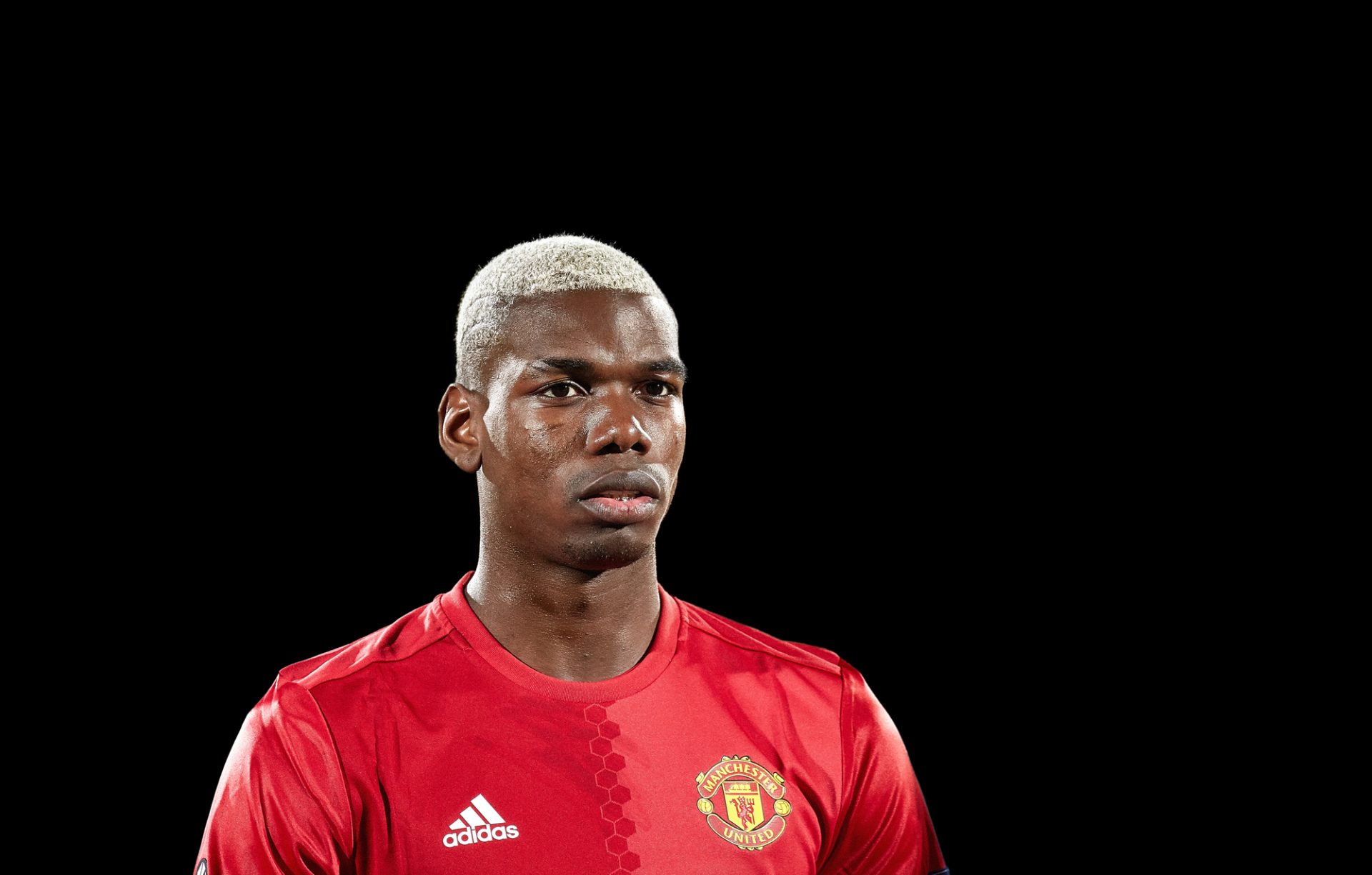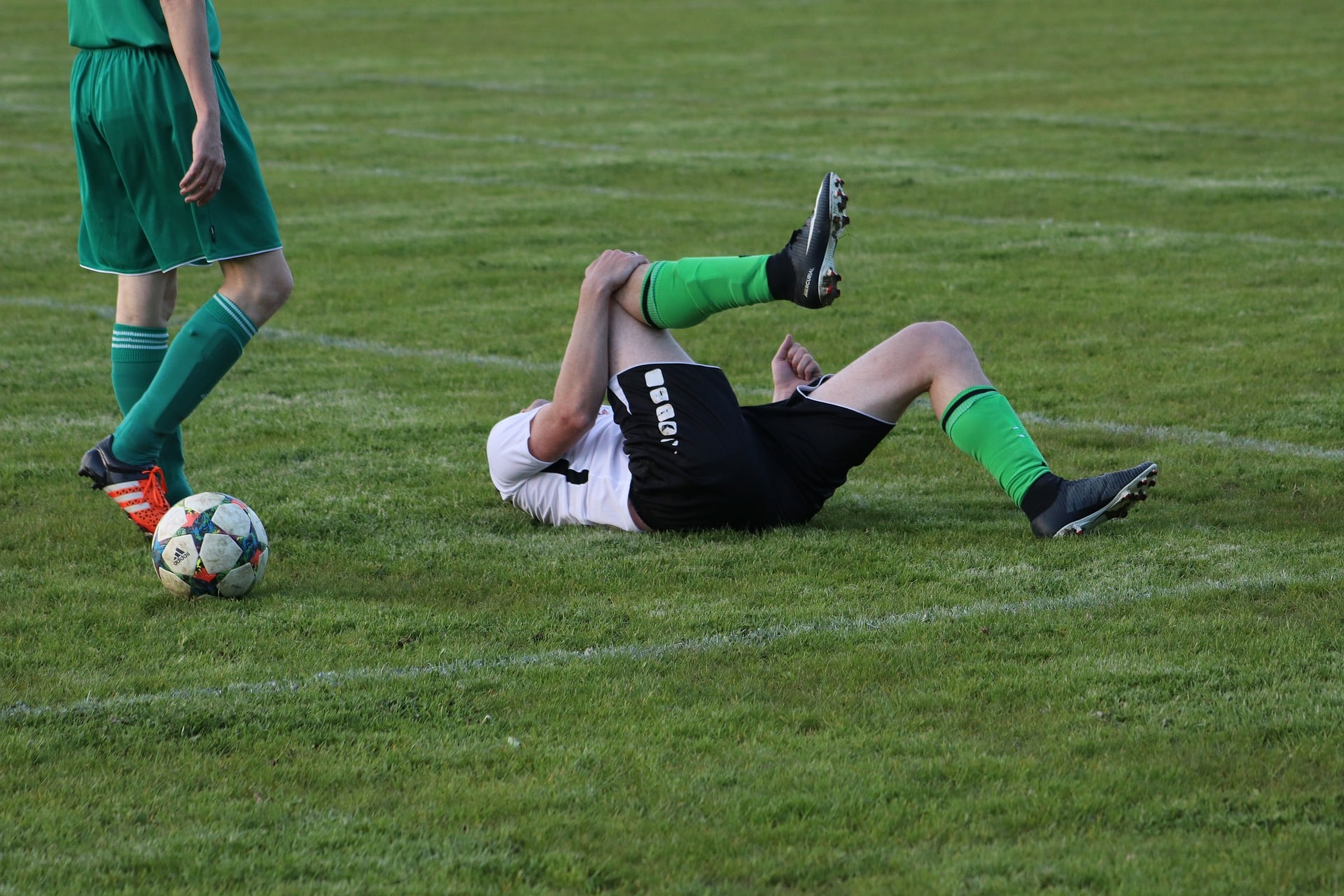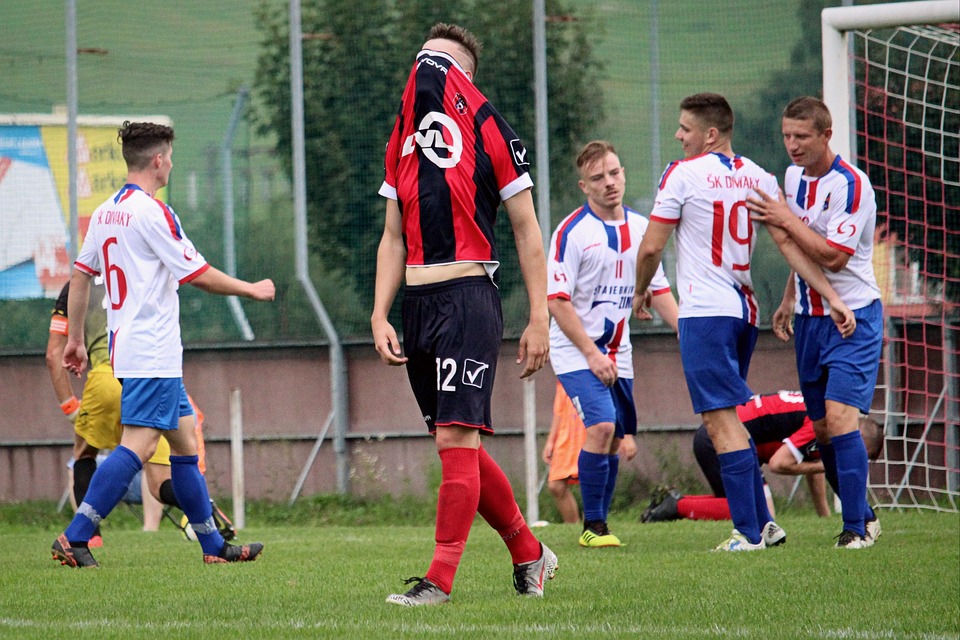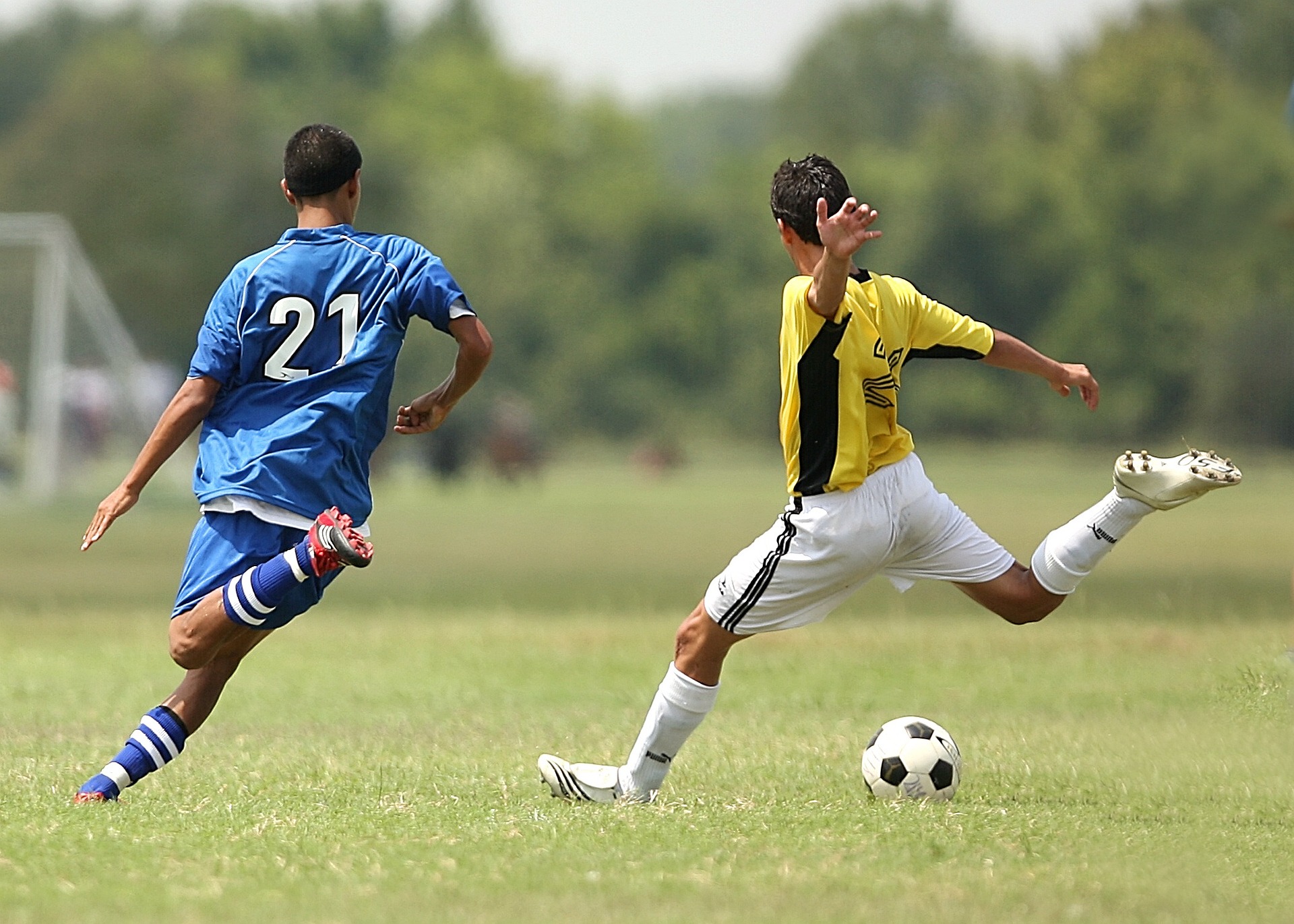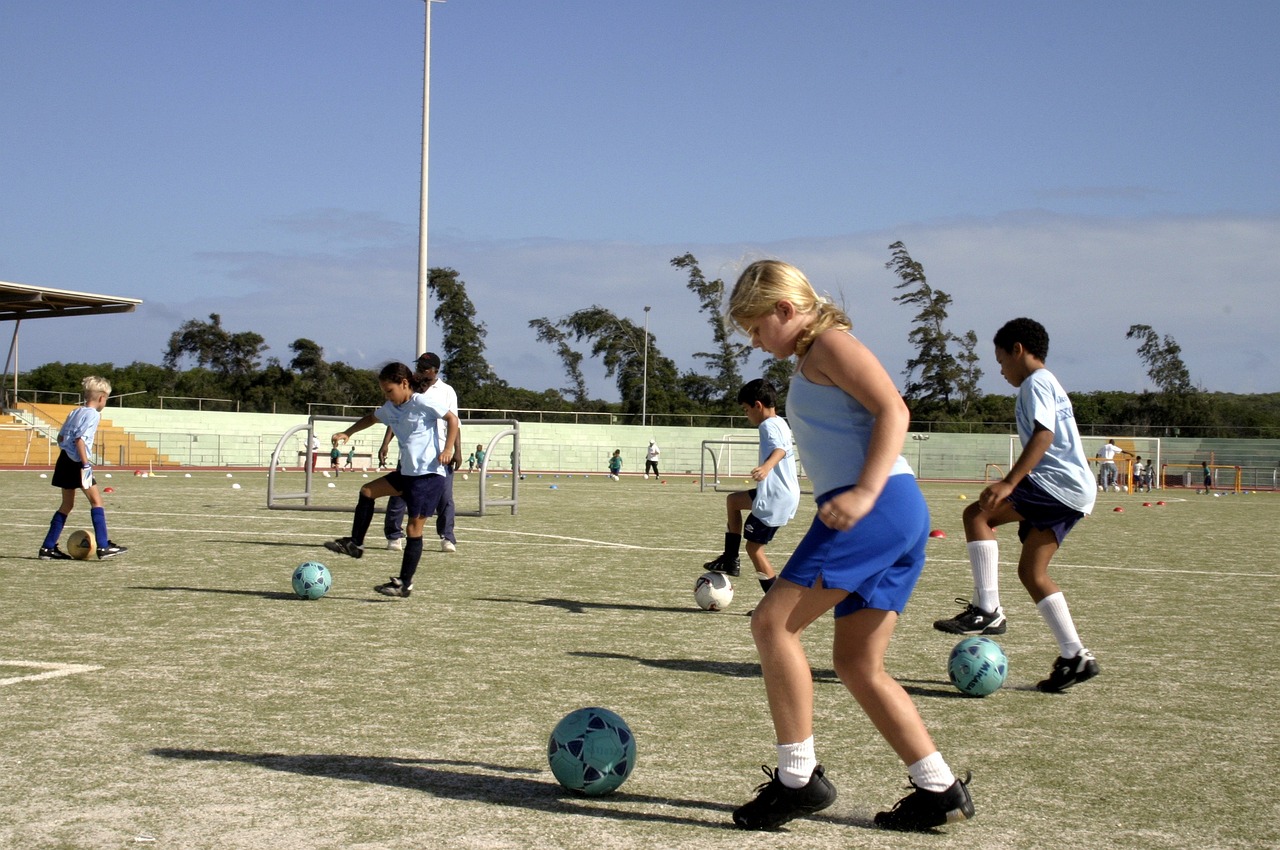What Is A Striker In Soccer?
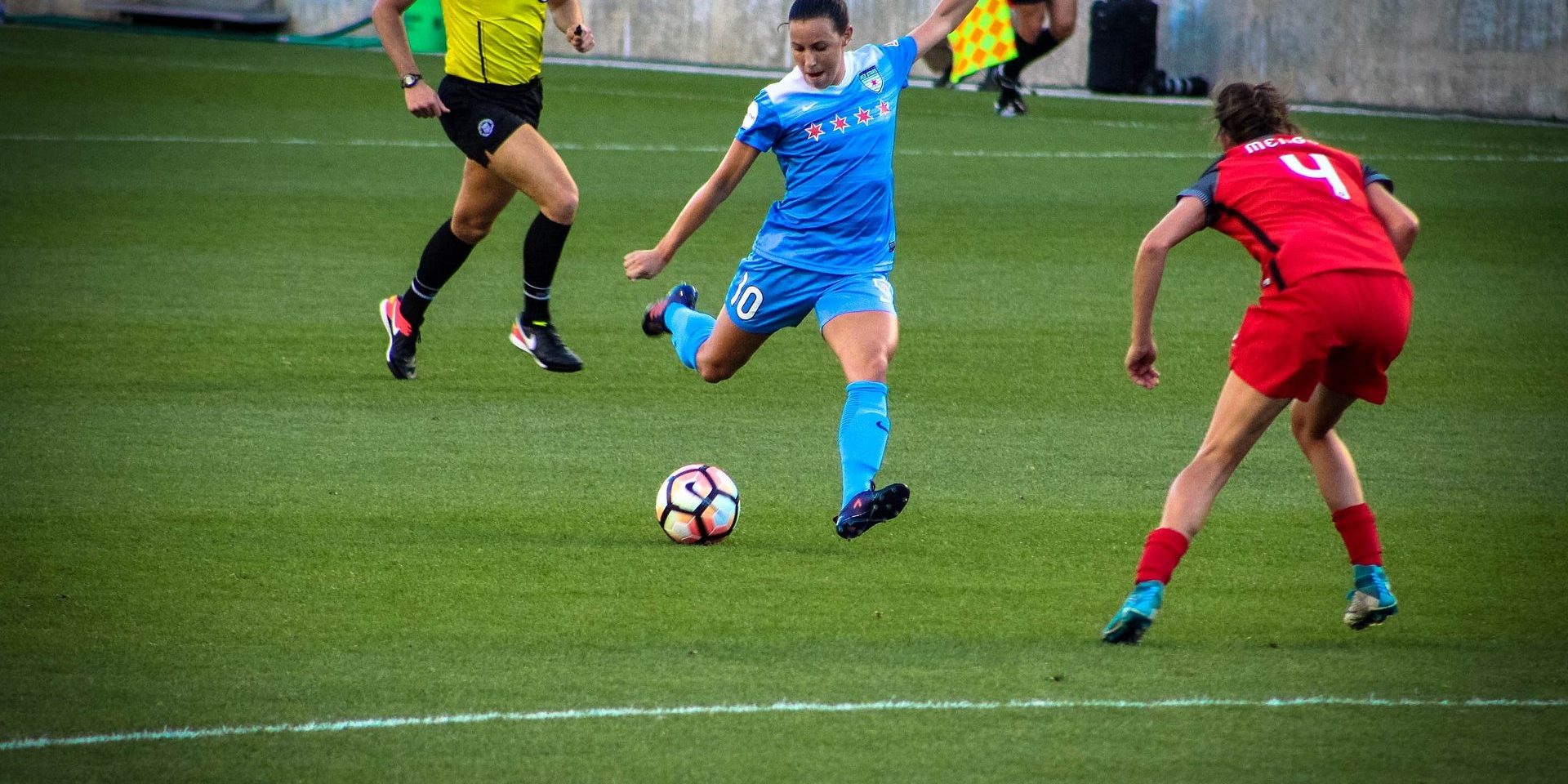
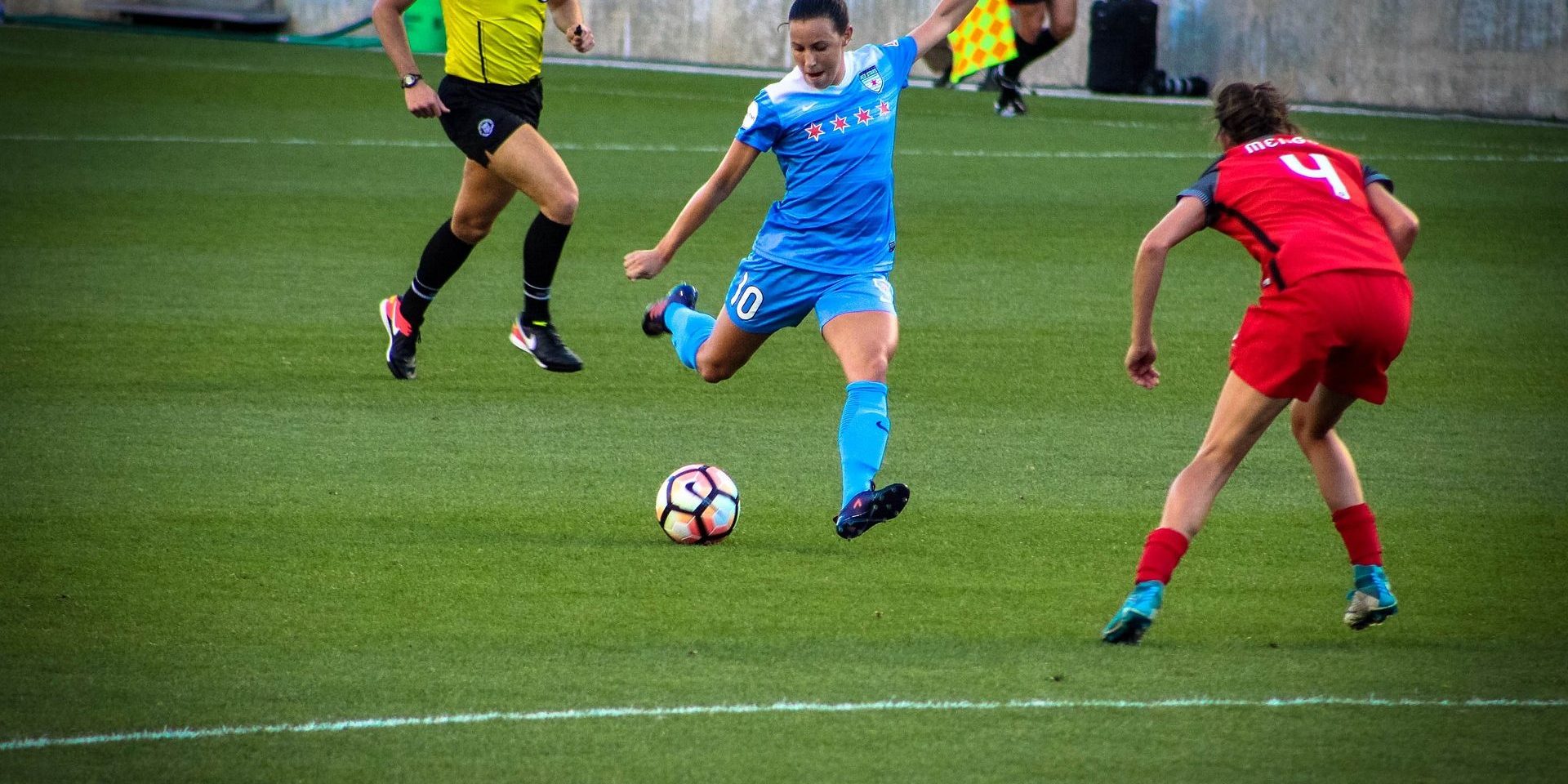
Table of Contents
What is a striker in soccer? A striker in soccer is a forward-positioned player who specializes in scoring goals. Occupying the frontmost position on the field, their primary objective is to capitalize on scoring opportunities by utilizing a sharp sense of positioning, anticipating plays, and exhibiting a high degree of footballing skill. This role is pivotal; it can often dictate the outcome of the game as strikers are the primary goal threats for their teams.
Strikers bear the responsibility of converting chances into goals, a task requiring technical finesse, agility, and sharp mental acuity. Their understanding of the game extends to creating opportunities for teammates, making them a crucial element in the team’s offensive play. Effective strikers blend their natural talent with an acute awareness of their surroundings to find and exploit weaknesses in the opposing defense.
Key Takeaways
- A striker’s main role is to score goals, using their advanced positioning and skills.
- They must combine technical ability with tactical awareness to be effective.
- Strikers are central to a team’s offensive strategy and overall success.
Understanding the Striker Position
The striker, a pivotal role in soccer, embodies the core goalscoring force within a team. They leverage their unique position and skills to change the game’s outcome.
Positioning and Role on the Field
Strikers operate at the front line, nearest to the opponent’s goal. Their primary task is to convert scoring opportunities, directly impacting their team’s ability to win. These players navigate the final third of the pitch, coordinating with midfielders and wingers to launch attacks. They need to read the game adeptly, finding pockets of space to exploit defenses.
Physical and Technical Requirements
A successful striker balances physical prowess with technical skills. Physically, speed and agility are fundamental to outmaneuver defenders, while strength is key to hold up the ball and fend off challenges. Technically, they require precise ball control and powerful, accurate shooting abilities. Proficiency in heading and the ability to shoot with both feet can give a striker a distinct advantage.
Different Types of Strikers
There is diversity within the striker position, evident in the roles they play:
- Target Striker: A robust player who anchors the forward line. They are pivotal in holding the ball and playing it to oncoming teammates.
- Poacher: A striker characterized by their instinctive finishing in the box, often pouncing on loose balls or capitalizing on errors.
- Complete Forward: This type combines technical skill, physicality, and mental sharpness to execute multiple roles effectively.
- Mobile Striker: They utilize their speed and agility to make runs behind the defense, creating chances through movement rather than solely physical presence.
In soccer, the dynamism of the striker position allows these players to adapt and thrive in various tactical setups, making them integral to a team’s attacking arsenal.
Key Skills and Techniques
The role of a striker is multifaceted, requiring a spectrum of skills and techniques fine-tuned for goal-scoring and playmaking. Mastery of ball control, spatial awareness to dribble and create space, and the art of finishing with precision embody the mark of a formidable striker.
Ball Control and First Touch
Ball control and first touch are integral to a striker’s skill set. They dictate how well a player can receive a pass under pressure and prepare for the next move. A striker must combine technique and balance to effectively cushion the ball, allowing them to maintain possession and make insightful decisions.
- Techniques to Enhance Ball Control and First Touch:
- Juggling: Improves touch and control over the ball.
- Trapping: Develops the ability to receive the ball from different heights with ease.
Dribbling and Creating Space
Dribbling is the ability to maneuver the ball around opponents, while creating space is about finding the right areas in the defense to receive the ball or take a shot. Strikers utilize speed, creativity, and agility to outfox defenders and open up scoring opportunities.
- Key Drills for Dribbling and Creating Space:
- Cone drills: Enhance dribbling precision and footwork.
- 1v1: Practice against defenders to simulate match scenarios.
Scoring Goals and Finishing
The ultimate measure of a striker’s effectiveness is their ability to score goals. Finishing involves various techniques like power shots, headers, and placed shots to convert chances into goals. A mix of accuracy, timing, and decision-making separates the good strikers from the great.
- Components of Successful Scoring Goals and Finishing:
- Positioning: Being in the right place at the right time for goal-scoring opportunities.
- Headers: Perfecting timing and technique to score from crosses.
- Shooting Drills: To cultivate power, precision, and first touch accuracy.
Tactics and Game Understanding
A soccer striker’s effectiveness is rooted in their tactical knowledge and understanding of the game, which allows them to create scoring chances, collaborate with teammates, and fulfill their share of defensive duties.
Creating Scoring Opportunities
Strikers must possess an acute sense of positioning within the penalty area to create space and scoring opportunities. They should be adept at:
- Making runs: Timing and angling their runs to evade defenders and receive the ball.
- Anticipation: Reading the game to predict where the ball will land after passes or rebounds.
Working with Midfielders and Wingers
Successful strikers build dynamic relationships with midfielders and wingers to bolster the attacking force. They’re involved in:
- Combination play: Engaging in short passes with the attacking midfielder or playmaker to navigate through tight spaces.
- Width and Depth: Coordinating with wingers to stretch the defense and create channels for through balls and crosses.
Defensive Responsibilities
Though primarily attackers, strikers also have defensive duties:
- Pressing: Initiating the first line of defense by pressuring the opponent’s back line.
- Tracking back: Assisting in defense during set-pieces or when the team is under sustained pressure.
Training and Development
Developing proficiency as a striker in soccer requires focused training and a dedication to improvement that spans technical drills, physical conditioning, and mental preparation. To excel, strikers must engage in a variety of drills, regularly participate in strength and conditioning programs, and cultivate mental toughness.
Drills for Improving as a Striker
Strikers can enhance their technical abilities through specific drills that foster skill development in areas of ball control, precision shooting, and decision-making under pressure:
- Finishing Drills: To improve accuracy, strikers work on hitting targets in the goal from various angles using both feet. Drills often include rapid-fire shooting sessions against a goalkeeper to simulate match conditions.
- One-vs-One Drills: These confrontations help strikers learn to outmaneuver defenders, by practicing quick directional changes and fostering agility.
- Ball Control Exercises: Strikers need exquisite control to receive passes under pressure and retain possession. Drills might involve juggling or tightly maneuvering the ball around obstacles.
Physical Conditioning and Strength Training
Physical prowess is a cornerstone for a striker’s development. Training programs are designed to enhance:
- Agility and Speed: Activities such as cone drills and short sprints improve explosive speed, which is crucial for beating the opposition to the ball.
- Strength and Power: Resistance training, coupled with plyometrics, builds the muscular strength necessary for holding off opponents and adds power to shots.
- Endurance: Continuous aerobic exercises, like interval running, ensure that strikers maintain a high level of performance throughout the match.
Mental Aspects and Dedication
The mental component is as vital as physical preparedness:
- Mental Toughness: Strikers must remain focused and resilient, especially when chances to score are scarce. Visualization techniques and scenario planning before games help in strengthening this aspect.
- Dedication to Training: Consistent practice and a willingness to learn from each session contribute significantly to a striker’s personal development. A constant pursuit of improvement in technique and physical attributes positions strikers to excel on the pitch.
Famous Strikers and Their Impact on the Game
Strikers have been pivotal in shaping soccer’s history and evolution, leaving an indelible mark through their goals and styles of play. Their role transcends mere scoring; they inspire teams and define eras.
Profile of Legendary Strikers
- Lionel Messi: Often deployed as a False 9, Messi’s blend of creativity, goals, and assists has revolutionized the attacker role in soccer. His technical skills and ability to be in the right place at the right time have made him a nightmare for defenders.
- Cristiano Ronaldo: Renowned for his stamina, jumping ability, and strength, Ronaldo transformed from a winger into a prolific striker, excelling as a target man or a second striker. His performances in the World Cup and at club level have cemented his status as a soccer legend.
- Harry Kane: A quintessential example of a modern-day striker, Kane combines the traditional hold-up play of a target man with the poaching instincts of a poacher. His all-round abilities highlight the versatility expected from top soccer strikers.
Evolution of the Striker Role
- Early Days to Modern Soccer: Initially, strikers were primarily poachers, capitalizing on mistakes at the right time to score. The late 20th century saw the target man play a key role, using physicality to bring others into play, often capitalizing on long ball tactics.
- The Rise of the False 9: More recently, the False 9—a striker who drops deeper to create space and opportunities—has added a new dimension to soccer tactics. Players such as Messi have shown that strikers need not be traditional goal-scorers but can also orchestrate attacks.
By understanding these variations and the legends that best embody them, one gains insight into how strikers have become more than just goal-scorers: they are now integral to a team’s overall attacking philosophy and success.
What Is A Striker In Soccer? – Frequently Asked Questions
In the dynamic game of soccer, the role of a striker is crucial in leading the offensive charge, aiming to score goals while navigating various tactical plays. This section aims to illuminate the nuances of the striker’s role through targeted inquiries.
What are the primary responsibilities of a striker in soccer?
A striker’s main duty is to score goals by utilizing their finishing abilities, positioning themselves skillfully in the attacking third, and making precise runs to create scoring opportunities.
How does the positioning and movement of a striker affect their team’s play?
A striker’s strategic positioning and movement can disorganize opposing defenses, create space for teammates, and enable fluid transitions from midfield play to attacking opportunities.
What differentiates a center forward from a striker in soccer?
While the term striker often encompasses various forward positions, a center forward refers specifically to a striker who is centrally positioned, leading the attacking line and typically involved in finishing plays.
Can strikers contribute to defensive play, and if so, how?
Strikers contribute to defense by initiating the press, disrupting the opposition’s buildup of play, and occasionally tracking back to support their midfielders.
What mental attributes are important for a successful striker?
Key mental attributes for a striker include composure under pressure, sharp decision-making skills, an anticipatory sense of positioning, and a persistent, goal-oriented mindset.
What are the key differences between a midfielder and a striker in terms of gameplay roles?
Midfielders primarily orchestrate play by distributing the ball, managing the pace, and supporting both defense and attack, while strikers are predominantly focused on creating and seizing goal-scoring opportunities.

